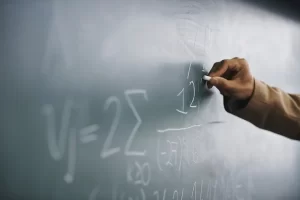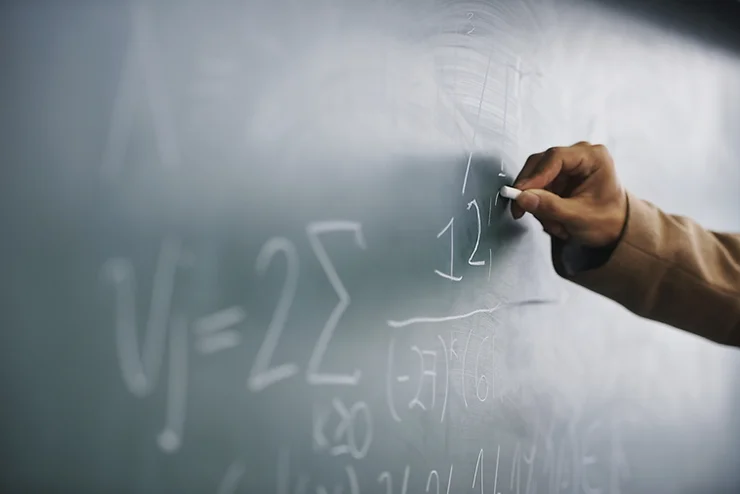Different types of organization
Organization may seem like a one size fits all solution, but the reality is that each student will have different things that will or won’t work for them. The most important thing when thinking about organization is to keep your individual student in mind.
Physical Organization
Some students need to feel comfy when they work. For them, sitting at a rigid desk all day will be an extreme challenge. They won’t work efficiently because they will keep fidgeting, and thinking about how uncomfortable they are. They may prefer to work while sitting or laying on the floor, often on their tummies, or work in their bed. They may want to change out of their school clothes right away and put on comfy clothes as well.
Some students may like to have all their materials spread out around them, so they are easily accessible and within arm’s reach. Others may prefer to have their materials neatly put away until they are needed.
Background Noise
Although it may seem counterproductive, many students need to have background noise so the space doesn’t feel too sterile. Some great options for background noise are Baroque music or waltzes (Johann Sebastian Strauss). If this music doesn’t seem to be working, you could try some pop music that they are familiar with. It may look like they are mouthing the words, but as long as they are continuing to work, this is OK. The frontal lobe is looking for something to hook on to, and if it is too quiet, it will keep searching for something, making it more distracting. If they are able to “hook onto” the music, then the brain no longer needs to search for the input.
Visual Stimulation
Another thing to consider is the student’s location while working and the visual stimulation that may or may not occur. For example, some students may be extremely distracted near a door or window where they can see people walking by, while others will thrive with this added stimulation. If the added stimulation is a struggle, the student may benefit from working in an area of the home that is low traffic and away from windows, or from wearing noise canceling headphones so they can stay focused on the task at hand without becoming too distracted.
Organizing the Home
Children need to learn how to organize their materials— this creates better efficiency because they know where everything goes. We want to foster habits – habits are stored in different parts of the brain than memories and it is why they are automatic.
Areas where we want to focus on first:
- Work spaces- Children should know exactly where to go when they have work they are going to complete. It should be a dedicated area for them based on their above preferences.
- Sports gear/extracurricular gear- Children should know exactly where to find and store any sports equipment they have or any supplies they need for extracurricular activities. You can create a dedicated bin, drawer, shelf in a closet etc. But it should all be stored together in the same spot so it’s easily accessible.
- School supplies (backpack, folders, library books)- Similarly to sports gear, all school supplies should be stored together and have a dedicated place where it “lives” so children will know exactly where to find whatever they need.
- Kitchen — Think about the kitchen items that the children will use the most. It’s highly beneficial to keep their items within their own reach and in a dedicated area so they are able to make their own lunch/snacks etc. and take on a level of independence and responsibility.
- Laundry- Children should know exactly where to place any dirty clothes they have as well as where to put their clean laundry once it’s done.
Creating this type or organization in the home will not only help the family function more efficiently, it will help children increase their independence and sense of responsibility.
Schedules vs To-Do lists
A to-do list can feel very overwhelming because it keeps getting longer. Instead, we want to start feeling in control by scheduling our day/week.
Using a big calendar for the family or each individual kid makes the schedule visually accessible to all in the home. Kids can see when they have games, practice, school performances, tutoring, etc. and they can see when they have breaks in their schedule to allow for play time or for school work. This skill foster’s independence and the ability to prioritize, plan, and manage their time. As these skills strengthen, they can develop a sense of what’s coming and feel more in control. However, over scheduling and micromanaging can work against you. Start with just the big commitments so you can see when there are breaks in the day. Then you can start adding in the smaller details. If you add too much all at once it can feel overwhelming.













